Dear Bengal, Lynching is not who you are!

Atrayee Sinya is pursuing PhD in political science at University of Hyderabad. She is a
News of a Bengali ‘Hindu’ family- a pregnant mother, a child, and the father, being lynched in the Murshidabad district of West Bengal is running through newspapers and social media. The authenticity and the real motives for murder are yet to be investigated, since there are plausible reasons to believe that it could be a crime of personal vendetta.
However, communal violence in Bengal is becoming a common occurrence. It is a combination of Trinamool Congress’s (TMC) administrative failure fueled by Bharatiya Janatha Party’s (BJP) Hindutva propaganda. It seems that Bengal, following the rest of most of India, is becoming intolerant day by day. Communal violence has spiked since last few years in West Bengal. The Bengali intelligentsia, not very surprisingly, has chosen silence for this issue, whereas BJP being the opportunist it is, is already claiming Bengal as a dangerous place for the ‘Hindus.’
Interestingly, Murshidabad has been described time and again by people as a bastion of secularism. It is one of the Muslim majority districts in West Bengal and has the largest Muslim population in West Bengal. It was once a firm hold of the Revolutionary Socialist Party, which was later replaced by the Left and the Congress. According to the 2011 census data, Murshidabad has 66.27 percent of the Muslim population and 33.21 percent of the Hindu population. However, panchayat, state and national level elections were always fought on ideological grounds and communalism in politics has never crept in.
Unlike other places in Bengal, Murshidabad had a different leadership regionally compared to the rest of Bengal from time to time. Even with its political difference, it was one of the most peaceful districts in West Bengal- owing to the policies of the Left which did not let communalism creep in through its policies of land reforms and other economic and social reforms.
Murshidabad was the seat of hereditary position of Nawab of Bengal and was the main center of Mughal rule in Bengal. It was the same place where Siraj-ud-Daulah lost the Battle of Plassey in 1757, and thus, India as a whole fell into the hand of Britishers. The history of Murshidabad can explain the high Muslim population, but what it cannot tell is the current lynching. It has been a seat of communal harmony till now.
It’s a matter of disgrace for Bengal, the land which has withstood most significant forces of communalism since colonial times, yet had a Left rule for thirty-two years, to finally crumble down to the forces of ‘Hindutva’. Perfection in diversity and difference has always been Bengal’s forte, so why lynching?
The Hindutva brigade should not equate their specific minority lynching all over the country with an ideological murder- the facts of which are yet to be established. Killing –for ideology or religion, is a grave offense and should be punished, but BJP cannot claim to be the crusaders for Hindus in at least West Bengal. BJP shouldn’t forget that Bengalis, as a community, connect more on a similarity of culture and language than based on religion. The TMC, on the other hand, should look into this heinous crime and provide full cooperation for investigation and not maintain a silent stand for appeasement politics.
Difference is not new to Bengal; it has been a land of absolute power struggle. Both the Left and the TMC had resorted to various heinous crimes when it came to the difference in political ideologies or for vote banks. Violence too is not uncommon, but what is startling is the communal lynching angle to the murder. Bengal has been divided on ideologies, but never on religion since independence, at least until recent times. It seems what Britishers couldn’t achieve in Bengal in 200 years; the BJP did within less than two years. It finally made Bengal a victim and an active participant in communalism and community-based crimes.
This is probably why we need to revisit Tagore and his works who took up ‘Raksha–Bandhan’ to counter partition of Bengal; or Nazrul, who wrote songs about goddess Kali and Prophet Muhammad with the same enthusiasm, and even colonial rule couldn’t dampen their spirit.
Bengal has always been a land of ideological struggle, an area of emerging ideas, and a land of resistance, but we should not forget that it is also a land of mutual existence.
The ruling government should seriously look into law and order of the state. Its involvement in this lynching is yet blurry, but what is clear is its inability to maintain the status quo of Bengal’s legacy of mutual existence and cultural precedence over religious affairs. What Bengal has never been is a land of mimics. It is known to be setting example for the rest of the world. Lynching isn’t one of them.
Religious lynching/communal atrocities are not our culture. We are Bengalis first; Hindus, and Muslims later. As a country and as a region, we have more battles to fight – for the economy, for the environment, and against all forms of minority crimes. We cannot counter the monsters by being a monster ourselves.
Atrayee Sinha is pursuing PhD in political science at University of Hyderabad. She was a legislative assistant at PRS India, 2018-19. Views expressed are personal.
Featured Image Credits: Wikimedia Commons


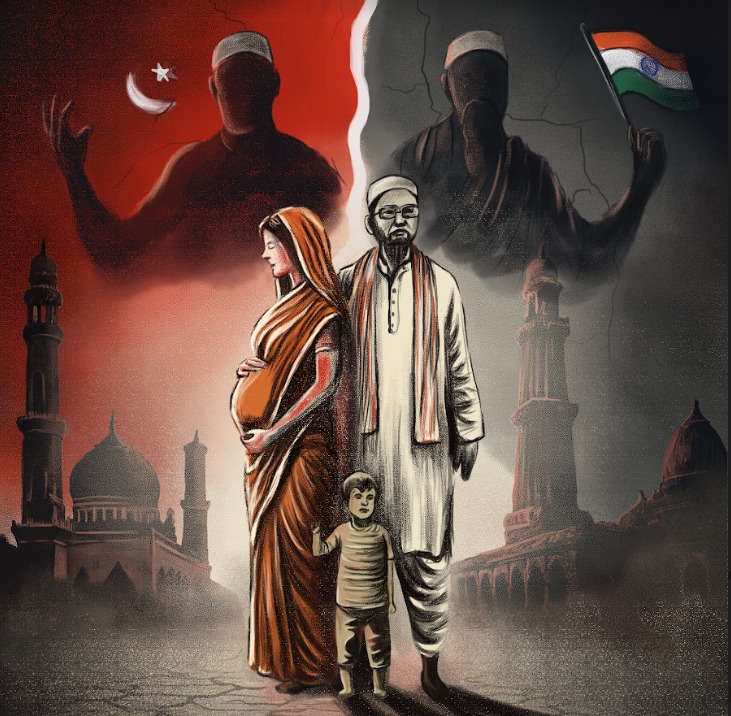
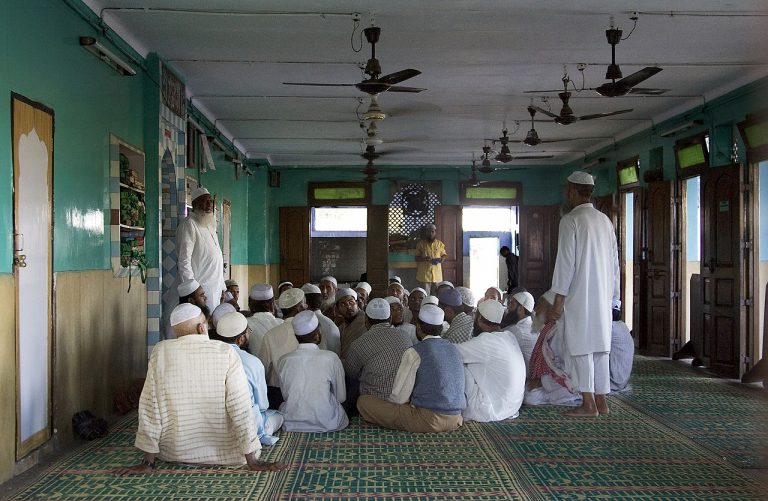
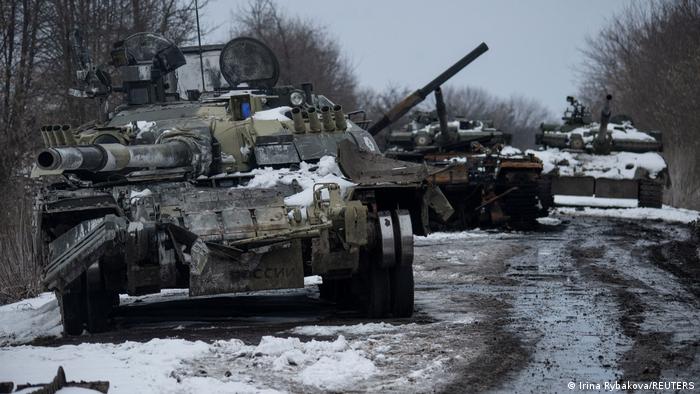


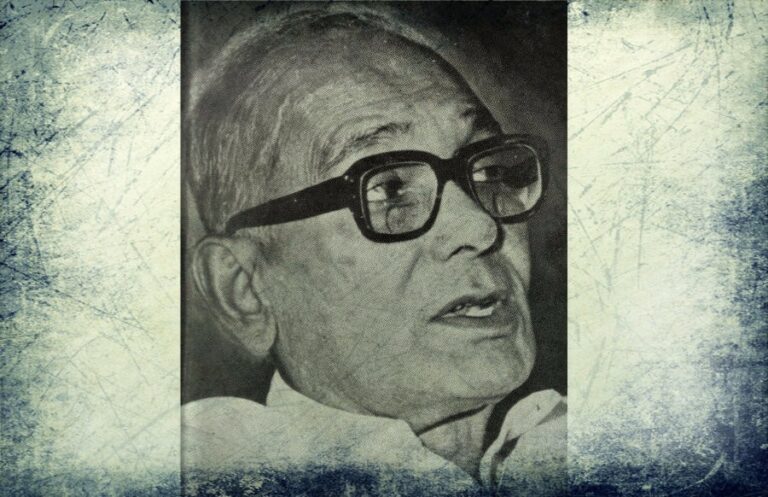
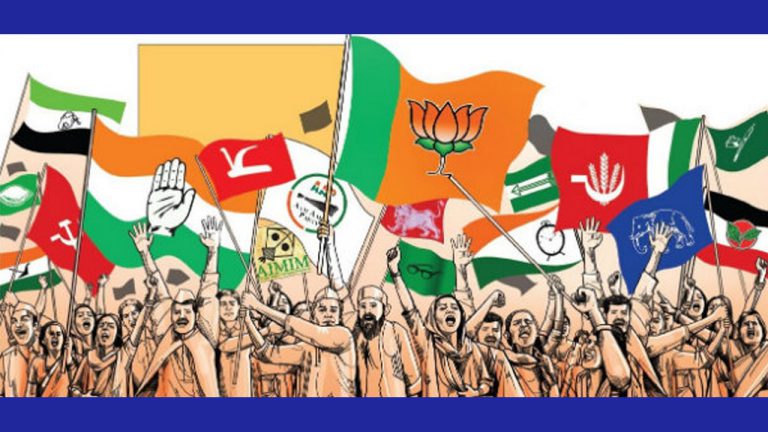
Readers' Reviews (1 reply)